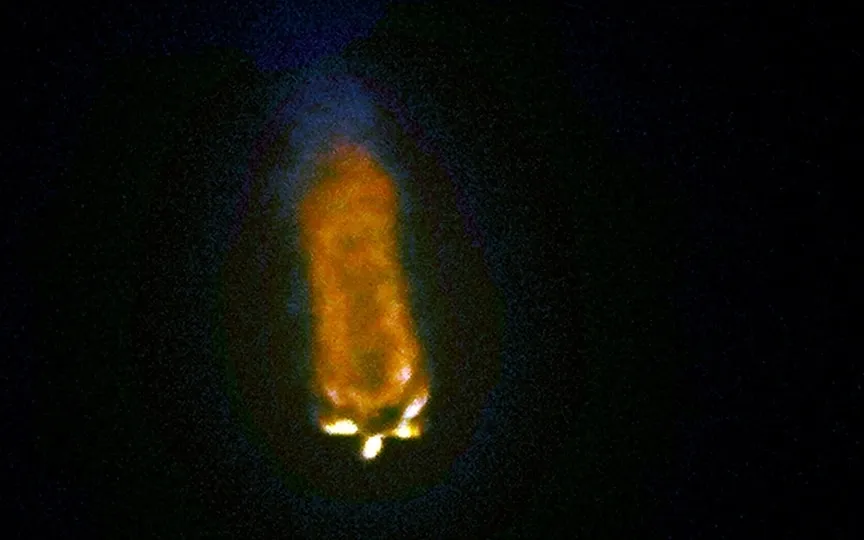Aolus Satellite to Create Spectacular Fireball as it Falls to Earth
According to a report from The Sun, the Aeolus satellite has been circling the Earth for the last five years at an altitude of 200 miles. Unfortunately, its fuel is almost gone, and due to solar activity and the Earth’s atmosphere, the satellite is gradually being drawn towards our planet at a consistent pace of around 0.6 miles (1 km) per day.
Estimated crash landing date
According to current forecasts, the Aeolus satellite is expected to make its final descent and land on Earth next Friday. A carefully coordinated descent will begin on Monday, July 24, when a series of initial maneuvers will guide the craft from its current altitude of 174 miles (280 km) to 155 miles (250 km). Later it will further decrease to 93 miles (150 km) by next Thursday and finally reach 75 miles (120 km) next Friday – all good. The actual return to the Earth’s atmosphere is predicted to take about five hours.
A fiery showdown
When the satellite re-enters the atmosphere, viewers will be treated to a remarkable spectacle. It transforms into a large ball of fire that lights up the sky as it rushes towards the earth. Even so, only about 20 percent of the boat, which equates to 1.3 tons of metal (about the size of a small car), is estimated to survive this fiery journey home.
Controlled descent
In an unprecedented project, scientists at the German operations center will guide the satellite down in a carefully planned assisted reentry. This is the first time such an operation is carried out. The goal is to splash the remains into the Atlantic Ocean next week, where they will sink. However, no parts of the satellite will be returned.
While the imminent landing of the Aeolus satellite brings a sense of excitement and awe, the controlled nature of the return journey ensures that potential risks to life and property are minimized. It also offers a unique opportunity for scientists and space enthusiasts to witness a striking celestial event.




